Lunch and shower according to the schedule: how they lived in Soviet communal apartments
Categories: History | Society | World
By Pictolic https://pictolic.com/article/lunch-and-shower-according-to-the-schedule-how-they-lived-in-soviet-communal-apartments.htmlWe decided to remember how families got along in communal apartments and how completely strangers belonging to different social strata managed to do this.
Of course, such a neighborhood could not do without quarrels and conflicts. In the communal apartment, it was impossible to be alone with the family, even in their own room, which means that there was simply no personal space. To resolve conflict situations, the apartments had a whole set of rules that all residents had to obey, and the first rule: "it's useless to argue."
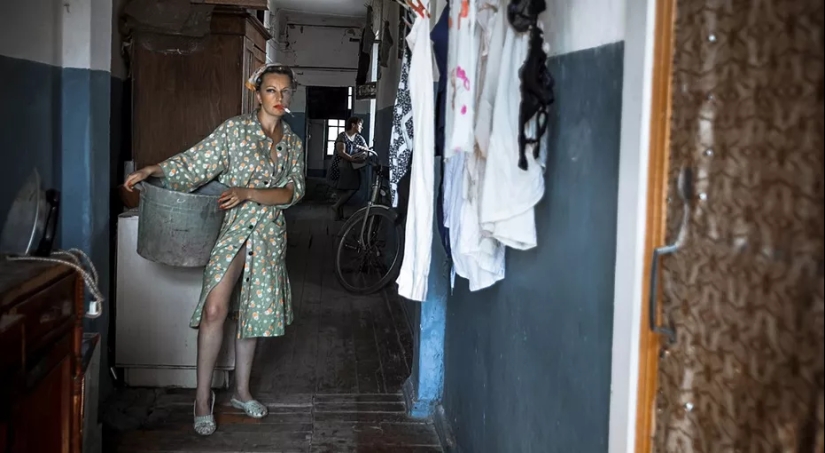
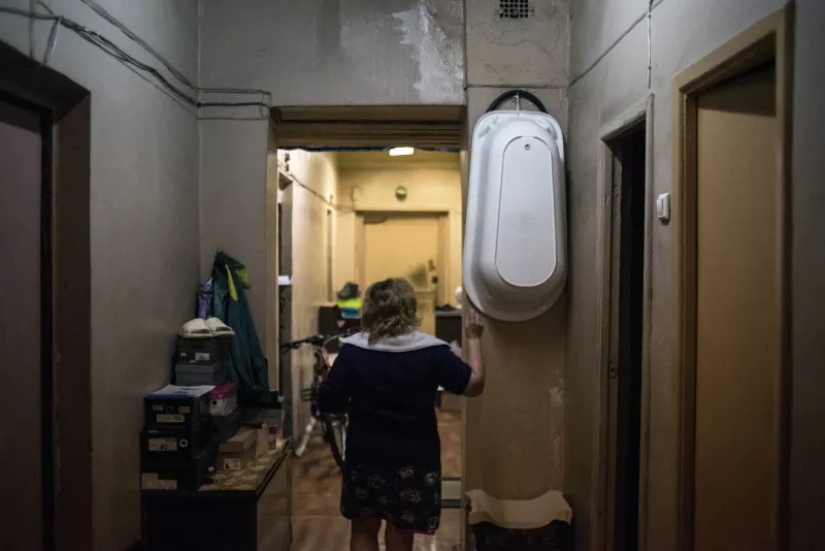
The communal apartment did not have a single owner who would tell the residents what was right and what was wrong, so no one was responsible for the public areas. They eventually fell into disrepair, were not repaired by anyone and were used for hanging laundry and storing unnecessary junk (each family had its own corner). But there was a duty officer in the apartment, who had to periodically clean up.
The duties of the duty officer were assigned to each of the tenants in turn, according to how many family members lived in the apartment.
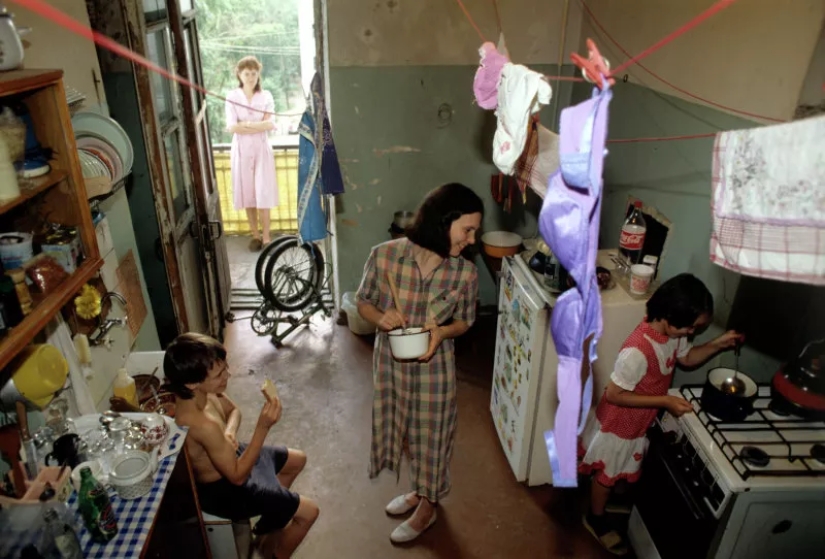
In many apartments, a schedule was hung in the kitchen, which indicated when the tenant could appear in the kitchen. If there were not enough stoves, cooking rings were divided, each of which was assigned to someone. Everyone had to wash their own hotplate, without relying on a neighbor. The tables in the communal apartment were also different for each family, but when there was not enough space in the kitchen, they divided the table in half and used their own half.
Products were signed or stored on separate shelves in cupboards or sideboards, and in winter in string bags outside the window. Sometimes dishonest neighbors stole food, but it was impossible to prove who did it, so they tried to hide gifts and delicacies in their room, without exposing them. When the neighbors in the apartment lived together, on holidays, a common menu was compiled and everyone sat down at the table together.
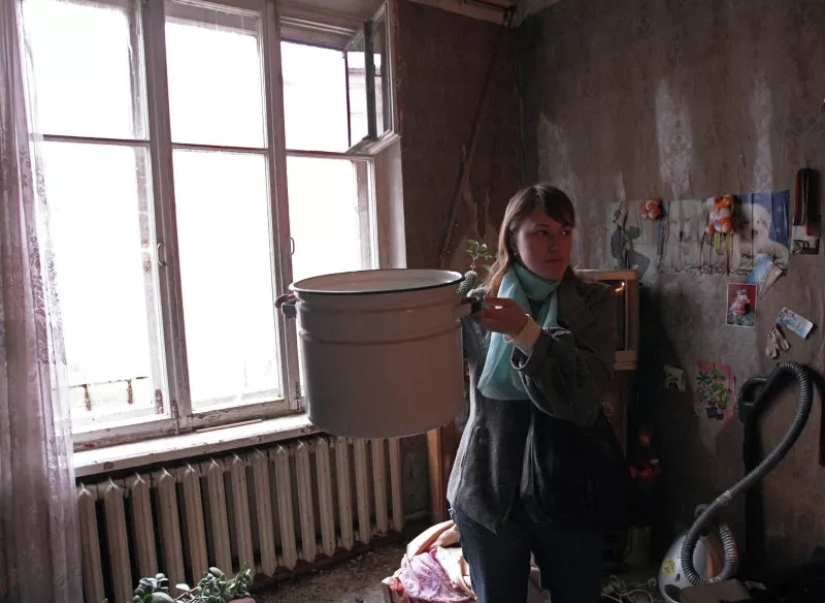
Most often, the doorbell was one for everyone, so it was accompanied by a sign with the number of calls for a particular family. If there were many residents, then in order not to get confused in the counting of calls, some residents were supposed to call long or short calls, for example, one long, — two short, etc.
Despite the resettlement program, there are still seven-and even ten-room apartments where thousands of people live.
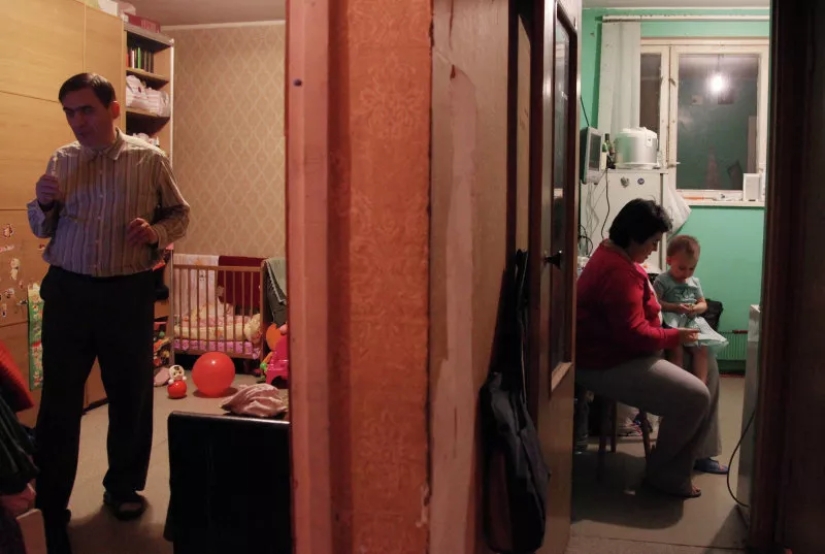
In a communal apartment, it was not customary to take a bath, firstly, it was always in a neglected state, and secondly, it was considered unacceptable to occupy the bathroom for a long time. To avoid scandals, a clear schedule of visits was also made for taking a shower, and a "Busy"sign was hung on the door.
For those who did not clean up after themselves, they left notes like "who does not clean up, does not wash" or "pig, clean up after yourself". As soon as one of the sluggish residents was delayed, the neighbors immediately pounded on the door. Children were often washed in their rooms in a bath or in an ordinary basin.
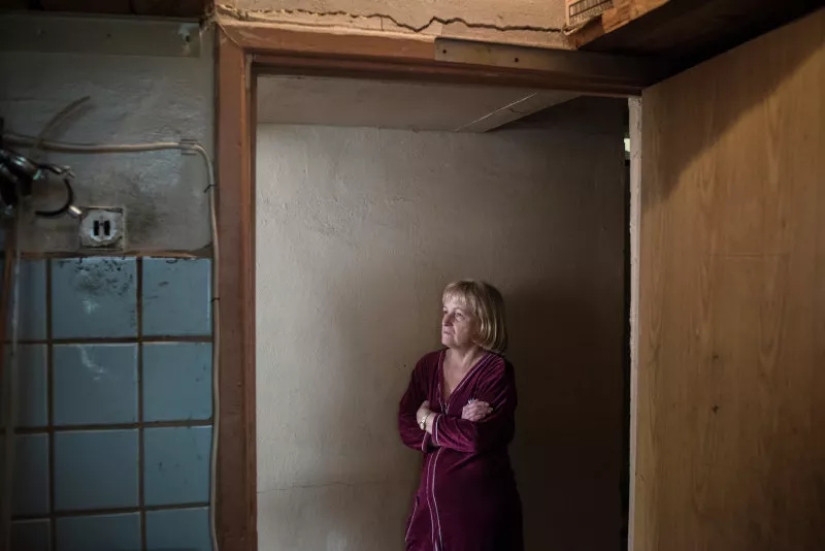
Almost all residents in communal apartments used removable toilet seats. They were hung on nails on the walls of the toilet. Toilet paper was also sometimes stored separately, but it appeared later, and until that time, residents used newspapers and lit matches to get rid of the unpleasant smell in the toilet.
Behind the doors of the room was a private space, where no one usually intruded. They even knocked only when absolutely necessary — if something ran away in the kitchen, for example. It was also not customary to invite guests to the communal apartment, they often caused hostility and irritation, their neighbors in the apartment could easily scold them and make a remark.
Until the 53rd year, communal apartments existed in GUM. The upper floors of the shopping center were given over to 22 families, and ordinary citizens were placed in the rooms. In those apartments there were no toilets and bathrooms, but there was a fountain in the center of GUM and a rich cultural program.
Keywords: Shower | Communal apartment | Schedule | Soviet union
Post News ArticleRecent articles

There are many places in the world where only the chosen ones can be. The cities of Mecca and Medina in Saudi Arabia are well known ...

This collection of photos will clearly please the little inner perfectionist who lives in each of us. It doesn't matter how much ...
Related articles

Everyone knows people who are always late. They are struggling to stay fashionable use different time management methods and ...

For the population of Europe, Australia and the Americas, the use of a toilet bowl and toilet paper, as well as bathing in the ...

Do you know the security measures during a thunderstorm? It turns out that for lightning, our house is not a fortress at all! We ...

If you don't feel good about the donut you ate for lunch, relax - it can get worse ... At least you didn't eat the ...